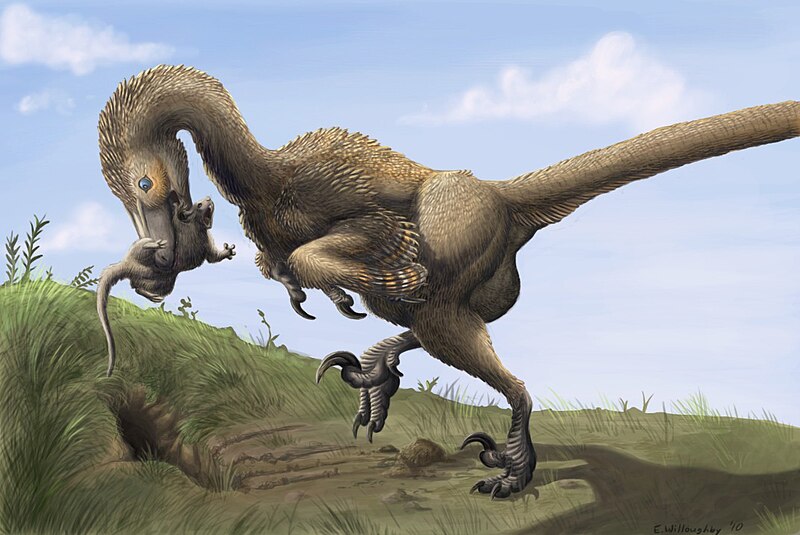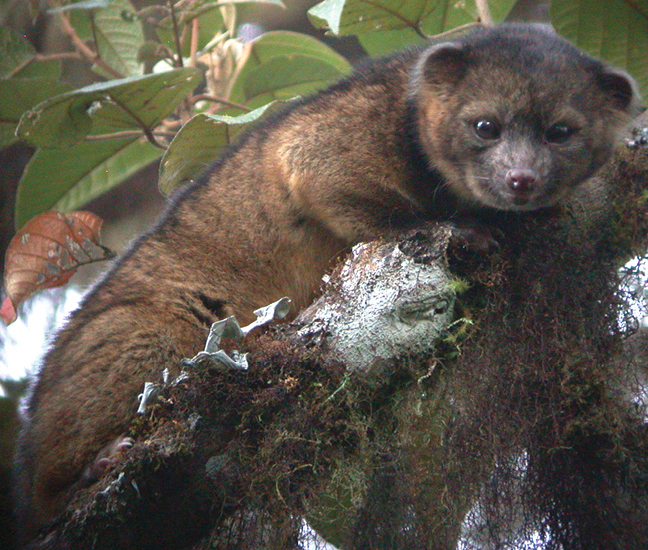Time for another roundup! Sad news for space, but cool news for biology this week:
1. Kepler Telescope Damaged Beyond Repair
The planet-hunting Kepler telescope, launched in 2009, is
unfortunately broken too badly to fix. Back in May, technicians noted that one of the wheels that rotated in the telescope was busted, making it impossible for the telescope to remain steady. Since this telescope floats out in space, there isn't a way to get to it to repair it by hand. Engineers tried to come up with a method to jury-rig it to fix itself, but sadly no solution was found.
The images and data collected from Kepler from the past four years are used to try and identify Earth-like planets orbiting other stars. The good news is, we have only scratched the surface of the data that's been collected, and that's already resulted in over 100 confirmed exoplanets and 3500 other candidates. By delving more into the collected data, we'll undoubtedly find even more, and perhaps even that Earth-like planet scientists (and everyone!) is so eager to find. Kepler's given us a lot to work with, thankfully, and we'll spend years catching up to everything it's shown us.
In the future, Kepler may be for other types of data collecting, but its primary mission is sadly over. Thank you for your service, Kepler! Science owes you so much already.
In other "dead" news...
2. New Mammalian Fossils Take Us Way Back
It's been a big week in ancient mammalian news. Three different discoveries have shed light on our fuzzy origins.
First, there were these two discoveries made:
Arboroharamiya (160 million years old) and Megaconus (165 million years old). Researchers initially placed both of these finds in a group called the haramyids. Since these were both such complete skeletons, naturally people couldn't wait to start including them in bigger pictures studies and pinning down when the mammalian lineage officially began.
By plugging
Arboroharamiya into mammalian family tree calculations, evidence suggests mammals broke away and began evolving independently over 200 million years ago. But doing the same with
Megaconus suggests that mammals broke away about 180 million years ago. Those are two very different numbers.
Hrm. That's troubling.
Or is it?
A
third discovery has recently been made. This new discovery (
Rugosodon) is of an animal that belongs to a group called "multituberculates" (see above picture of a multituberculate getting chowed on by a dinosaur). Multituberculates were an incredibly successful lineage of mammals that had large, bumpy teeth, and filled a similar niche to rodents. They're all extinct now, but they had 130 million years of a good run. This particular find is similar to
Arboroharamiya, which
had, if you recall, originally been placed in the same category as
Megaconus. But with this new arrangement--if
Arboroharamiya is actually a multituberculate--that messy family tree may start to actually shape up.
Maybe.
Regardless of family trees,
Rugosodon does give us a big clue as to why early multituberculates were so successful: they had a special, flexible ankle that would've allowed them to move quickly over all sorts of different terrains. That's neat stuff. Our early cousins were agile little buggers.
And finally, speaking of mammal discoveries...
3. Brand New Species of Carnivorous Mammal Discovered
So, this adorable creature has been eluding us for decades. How about that.
Mistaken for an olingo in museum collections and even a zoo, this
olinguito (
Bassaricyon neblina) is
actually its own species. It lives in the cloud forests of the Andes mountains, which is a great place to hide since much of the canopy is constantly foggy. Like it's cousin, the olingo, olinguitos are part of the same family as racoons. As such, it is identified as a small carnivore that moves at night and has a nice, bushy tail. It was tracked down finally in 2006 by researchers who knew it must exist after figuring out from dead museum specimens that some of the "olingos" looked a little funny.
This is the first time a new species of mammal has been found in the Western hemisphere in 35 years, so it's kind of a big deal. A big, adorable deal.







